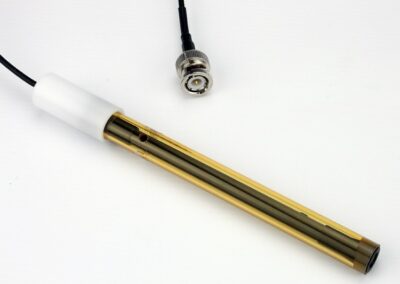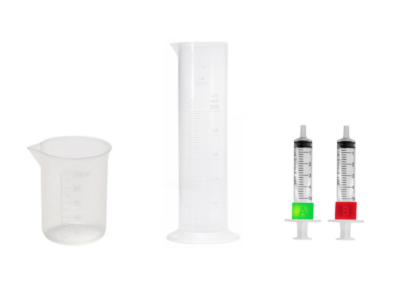Fluoride in Urine Measurement
Fluoride in urine is measured using a known Addition method. The QP459 ION meter has this method as standard and will display results directly in ppm Fluoride. The instrument will also guide the user through the test.
If you do not have an ION meter you can use the EDT directION ION calculator which is free to all customers who purchase an Ion selective electrode.
THE DETERMINATION OF FLUORIDE IN URINE
The technique used in this procedure is that of a single known addition to minimise sample matrix effects which cause problems with the direct potentiometric approach.
Equipment Required
1. A QP459 Ion Meter or a pH meter with a mV mode
2. 3221 Fluoride Combination ISE
3. 21333 Fluoride Standard Solution 1000ppm
4. 30333 Fluoride Buffer (TISAB)
4. Perchloric acid (30%)
5. Magnetic stirrer
6. Accurate balance weighing to ± 0.0005g
Method
1. Acidify 2mls of the urine sample to a pH of 2-3 using 30% Perchloric acid (approx 6-8 drops).
2. Dilute the sample accurately to 10 ml with the 30333 TISAB.
3. Rinse the electrodes in the 30333 TISAB buffer solution.
4. Whilst on a stirrer immerse the electrode into the sample solution and record the stable potential (E1).
5. Add a 50 microlitre aliquot of the 21333 Fluoride solution to the sample solution (continue to stir).
6. After the standard addition, record the new stable potential (E2).
Calculation
Input the values into the EDT directION ION calculator to obtain a result in ppm Fluoride
To attain the concentration of fluoride in the original urine sample, multiply the result calculated by 5.
.




